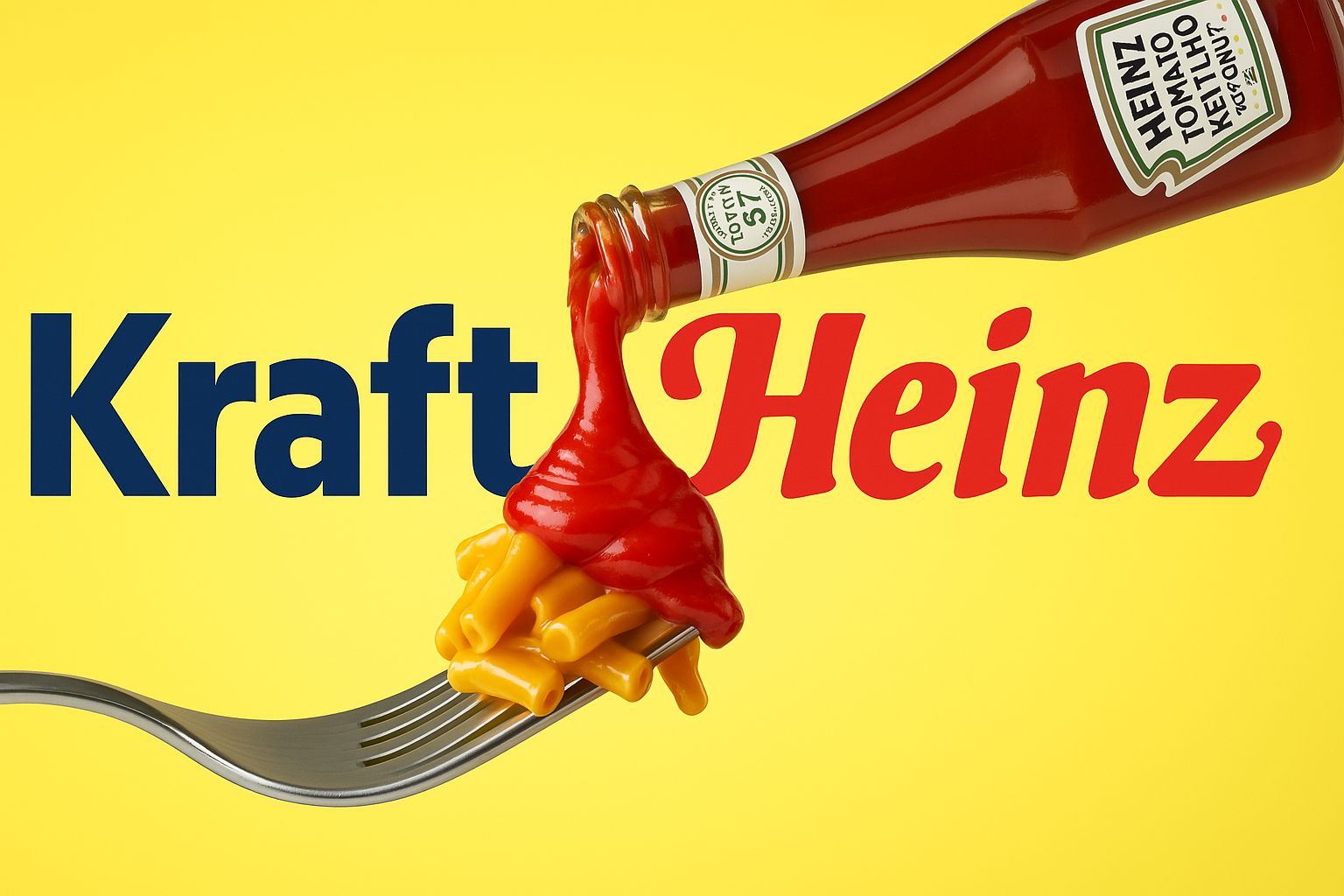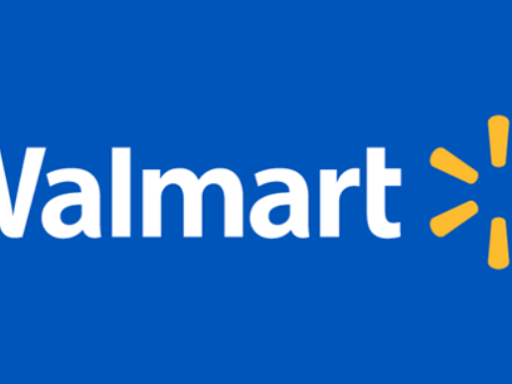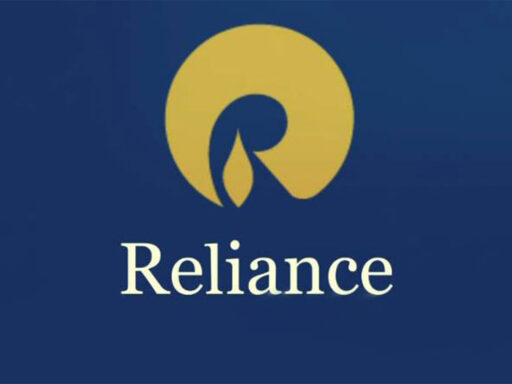Kraft Heinz, one of the world’s largest food and beverage companies, is best known for household brands such as Heinz, Kraft, Philadelphia, Capri Sun, and Classico. With operations in over 40 countries and a presence in more than 200 markets, Kraft Heinz has a significant environmental and social footprint across agriculture, packaging, logistics, and manufacturing. Recognizing this, the company has made sustainability a core business priority through its Let’s Make Life Delicious, Sustainably strategy.
The company’s most recent Environmental Social Governance (ESG) Report outlines a comprehensive plan to reduce emissions, improve sustainable sourcing, transition to circular packaging, and support community wellbeing. Kraft Heinz has committed to achieving net-zero greenhouse gas emissions across its entire value chain by 2050, with verified science-based targets for 2030. Its strategy is focused on reducing environmental impact while maintaining product affordability and global food security.
Source: https://www.kraftheinzcompany.com/esg/
Sustainability Strategy and Goals
Kraft Heinz’s sustainability strategy is organized around three key pillars: Healthy Living & Community Support, Environmental Stewardship, and Responsible Sourcing. The company’s near-term targets include reducing absolute Scope 1 and 2 emissions by 50% and Scope 3 emissions by 25% by 2030 (from a 2021 baseline), both of which are validated by the Science Based Targets initiative (SBTi).
The company is working to achieve 100% recyclable, reusable, or compostable packaging by 2025, and reduce virgin plastic use by 20%. Kraft Heinz also aims to improve water efficiency by 15% in high-risk manufacturing sites and eliminate deforestation from its supply chain by 2025.
Through its Sustainable Agriculture Practice program, the company supports regenerative farming and aims to sustainably source 100% of its key ingredients, such as tomatoes, wheat, and dairy, by 2025. Social goals include reducing sodium and sugar in 85% of Kraft Heinz recipes and delivering 1.5 billion nutritious meals to people in need by 2025.
Source: https://www.kraftheinzcompany.com/esg/pdf/Kraft_Heinz_ESG_Report_2022.pdf
Key Sustainability Innovations and Technologies
Kraft Heinz is investing in technology and innovation to support sustainability across its value chain. In packaging, the company partnered with Pulpex to develop the first-ever recyclable paper-based ketchup bottle, with a pilot launch expected in 2024. Other innovations include lightweight plastic packaging, elimination of PVC and polystyrene, and an increase in post-consumer recycled (PCR) materials in containers.
In manufacturing, Kraft Heinz has implemented real-time energy tracking, AI-driven waste reduction systems, and smart water meters across high-impact sites. Renewable electricity procurement is also underway, with on-site solar and wind installations and long-term power purchase agreements.
To enhance sourcing transparency, the company is using satellite monitoring and blockchain pilots for commodities like tomatoes and palm oil, while working with farmers to adopt climate-smart agriculture practices. In logistics, Kraft Heinz is testing low-emissions transport fleets and route optimization systems to lower its supply chain footprint.
Measurable Impacts
Kraft Heinz has made progress on several of its sustainability targets. Between 2021 and 2022, the company reduced Scope 1 and 2 GHG emissions by 13%, while improving renewable electricity use to 30% across global operations. In packaging, 84% of materials were recyclable, reusable, or compostable by the end of 2022, with a 13% reduction in total plastic packaging.
In water management, the company reported a 7% improvement in water-use efficiency at priority sites. More than 60% of tomatoes used for Heinz ketchup were grown under sustainable practices verified by external partners. In nutrition, Kraft Heinz reduced sodium and added sugars in over 500 products between 2020 and 2022.
The company also improved supplier engagement, with 85% of key suppliers now committed to its Responsible Sourcing Policy and over 1,500 farms participating in sustainable sourcing programs.
Source: https://www.kraftheinzcompany.com/esg/pdf/Kraft_Heinz_ESG_Report_2022.pdf
Challenges and Areas for Improvement
While Kraft Heinz has demonstrated measurable improvements, it faces ongoing challenges—particularly in Scope 3 emissions, which make up over 90% of its total carbon footprint. Reducing emissions across complex agricultural and packaging supply chains requires deeper collaboration and data integration with third-party vendors.
Plastic packaging reduction remains a difficult target. Although recyclable content has increased, the company continues to rely on flexible plastics, which are hard to recycle in many regions. Scaling refillable or reusable packaging formats beyond pilot programs will be critical.
The company also faces scrutiny regarding deforestation-linked ingredients, particularly palm oil and soy. Kraft Heinz is working to increase traceability and verification but has not yet reached full transparency across all high-risk regions. Additionally, it must further expand its regenerative agriculture efforts to meet its 2025 and 2030 goals.
Source: https://www.greenpeace.org/usa/news/new-scorecard-reveals-kraft-heinz-lags-on-deforestation/
Future Plans and Long-Term Goals
Looking ahead, Kraft Heinz plans to fully decarbonize its manufacturing operations and reach 100% renewable electricity by 2030. The company will continue scaling regenerative agriculture through technical assistance, data sharing, and financial incentives for farmers. By 2025, Kraft Heinz aims to have all top ingredients—including tomatoes, wheat, and potatoes—sourced through verified sustainable practices.
On packaging, Kraft Heinz will pilot refill and reuse models in food service and explore biodegradable packaging materials for snacks and sauces. It is also exploring nature-based solutions, including soil carbon sequestration and reforestation initiatives, to help offset hard-to-reduce emissions.
The company has committed to reporting climate risks in line with TCFD guidelines and expanding ESG-linked performance metrics into executive compensation by 2024. Kraft Heinz is also partnering with food banks, schools, and NGOs to expand access to nutritious meals in underserved regions.
Source: https://www.kraftheinzcompany.com/newsroom/press-releases/2023/renewable-energy-expansion.html
Comparisons to Industry Competitors
Kraft Heinz competes directly with companies like Nestlé, Unilever, and General Mills in packaged foods and sustainability leadership.
Nestlé has committed to net-zero by 2050 and is investing over CHF 1.2 billion in regenerative agriculture, with detailed roadmaps for carbon, water, and packaging reductions
https://www.nestle.com/sustainability
Unilever leads in sustainable agriculture and circular packaging, sourcing 93% of key ingredients responsibly and using reusable or recyclable packaging in over 60% of its portfolio
https://www.unilever.com/planet-and-society/
General Mills focuses heavily on soil health and regenerative agriculture across 1 million acres, with transparent Scope 3 tracking and aggressive packaging goals
https://www.generalmills.com/how-we-make-it/sustainability
Kraft Heinz is making progress but trails Unilever in packaging innovation and General Mills in regenerative acreage. However, its paper ketchup bottle and GHG reduction speed show strong potential for catching up.
Our Thoughts
Kraft Heinz is demonstrating a growing commitment to sustainability through strong climate targets, packaging innovation, and regenerative sourcing efforts. Its development of a recyclable paper ketchup bottle reflects leadership in circular packaging, while reductions in Scope 1 and 2 emissions indicate progress on operational decarbonization.
To accelerate, the company must expand supplier engagement on Scope 3 emissions, build out reuse systems, and increase transparency in deforestation risk management. With the right investment and cross-sector partnerships, Kraft Heinz is positioned to become a more sustainable global food leader over the next decade.






